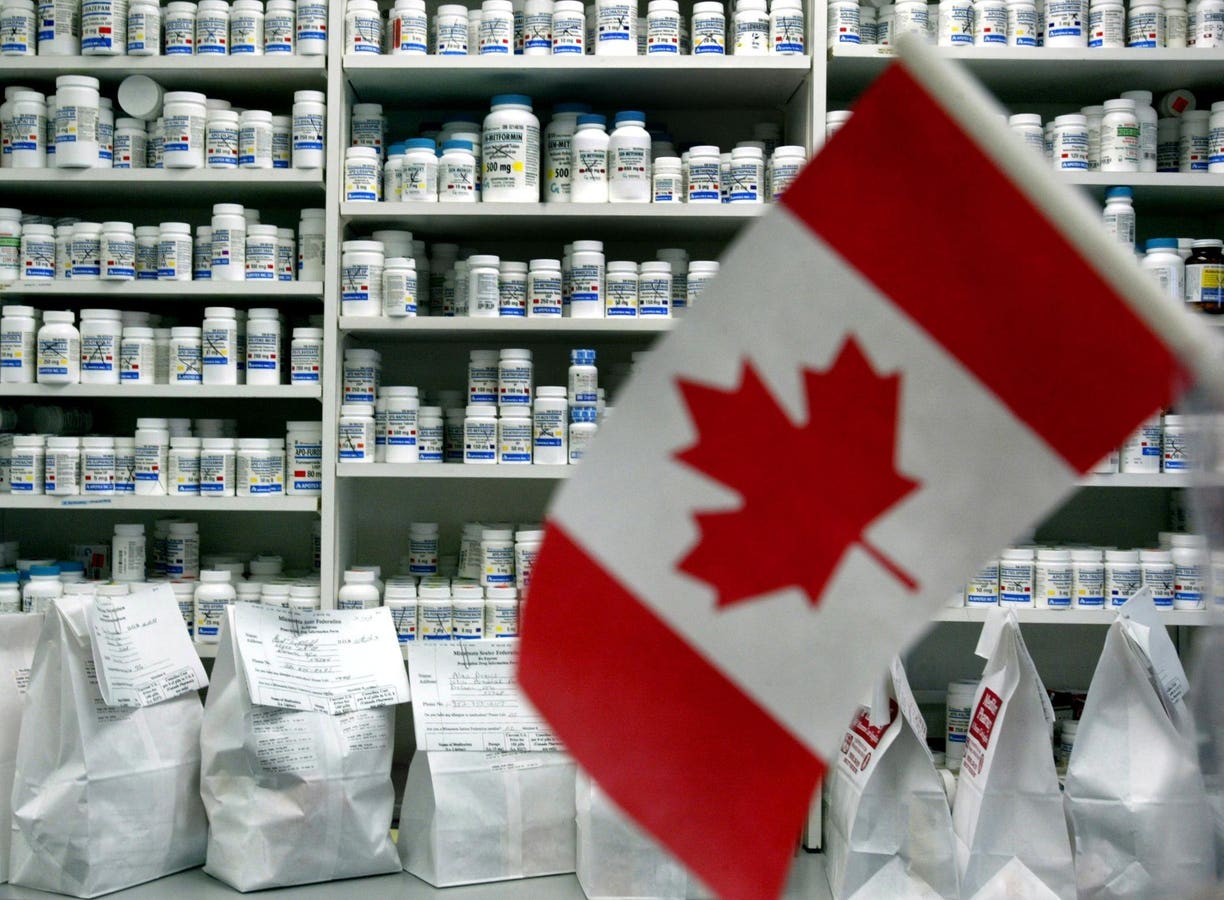Latuda is a drug to treat schizophrenia. It costs about $4,000/month in the U.S. In Canada, the price is closer to $500.
Ibrance, a breast cancer drug, costs $10,000 more per month in the U.S. than in Canada.
Why these enormous price differences? For an answer to that question, consider another cancer. It is called metastatic cholangiocarcinoma. You probably know what the metastatic and the carcinoma parts of these words mean – that the cancer has spread beyond its origin. The “cholangio” part signifies the original location of the tumor: in the bile ducts, the slender tubes connecting your liver to your gallbladder and small intestine.
For people with distant metastases, when the cancer has spread far away from the bile ducts, the five year survival rate for this disease is less than 5%. With such a terrible prognosis, pharmaceutical and biotech companies are toiling away, developing new treatments for the disease.
That is why it was seemingly good news, in 2020, when the FDA gave accelerated approval for Pemazyre for treatment of cholangiocarcinoma. A word of caution, though. The FDA approved the drug not based upon data showing that the drug increased survival or life expectancy but, instead, upon more preliminary evidence, that the drug shrank tumors in approximately a third of the people who received it.
With FDA approval in hand, Incyte, the drug’s manufacturer, was now free to sell Pemazyre in the US market, with Medicare even required, by law, to pay for the drug.
Meanwhile, just north of the US, the Canadian government looked over the same data and said, “No, we won’t pay for that.” More accurately, Canada’s Drug and Health Technology Agency concluded that the drug had not been proven to be beneficial enough, nor cost effective enough, to warrant reimbursement by the Canadian government. In fact, given the drug’s cost ($15,000 for every three week treatment cycle) it determined that a 95% price reduction would be needed for the drug to represent good value for Canadian citizens.
Canada is not the only country to say no to drugs that are not priced to yield cost effective treatments. For example, the UK and Australia also conduct economic analyses before deciding whether to reimburse new drugs.
A recent study in JAMA Internal Medicine looked at 206 drugs approved by the FDA between 2017 and 2020. The study authors, led by Catherine Pham (a clinical pharmacist working at Kaiser Permanente), explored the fate of those drugs in Canada, UK, and Australia. They discovered that five drugs were rejected by at least one of these countries because expert reviewers determined the drugs lacked either safety or efficacy. This typically happened in cases where the FDA fast tracked the drugs, bringing them to market before they had been proven to change tangible health outcomes.
Another 42 of the drugs they studied were rejected because they were not priced to reflect the magnitude of the benefits they brought. In other words, they weren’t cost effective at the market price set by the company.
Suppose a drug improves a tangible outcome, like life expectancy, by three months, but at a cost of $150,000 per patient. Such a modest benefit at such a high price is not deemed by most health economisits to be cost effective. In overly simplified math, it would cost $600,000 to produce one year of life. That’s way beyond what most cost effectiveness experts deem to be good value.
In the US, the FDA would judge that drug to be effective and, if it was also safe, would approve the drug. No other US agency would be allowed to decide that this drug, at that price, is not a good use of American tax payer’s hard earned money, with the exception of less than a dozen drugs that Medicare will soon be negotiating prices on, thanks to a provision within the Inflation Reduction Act.
I think the conclusion we should draw from this situation is clear: someday soon, we need to factor cost effectiveness into our country’s drug pricing decisions. We have a duty to spend our healthcare dollars wisely.
Read the full article here





